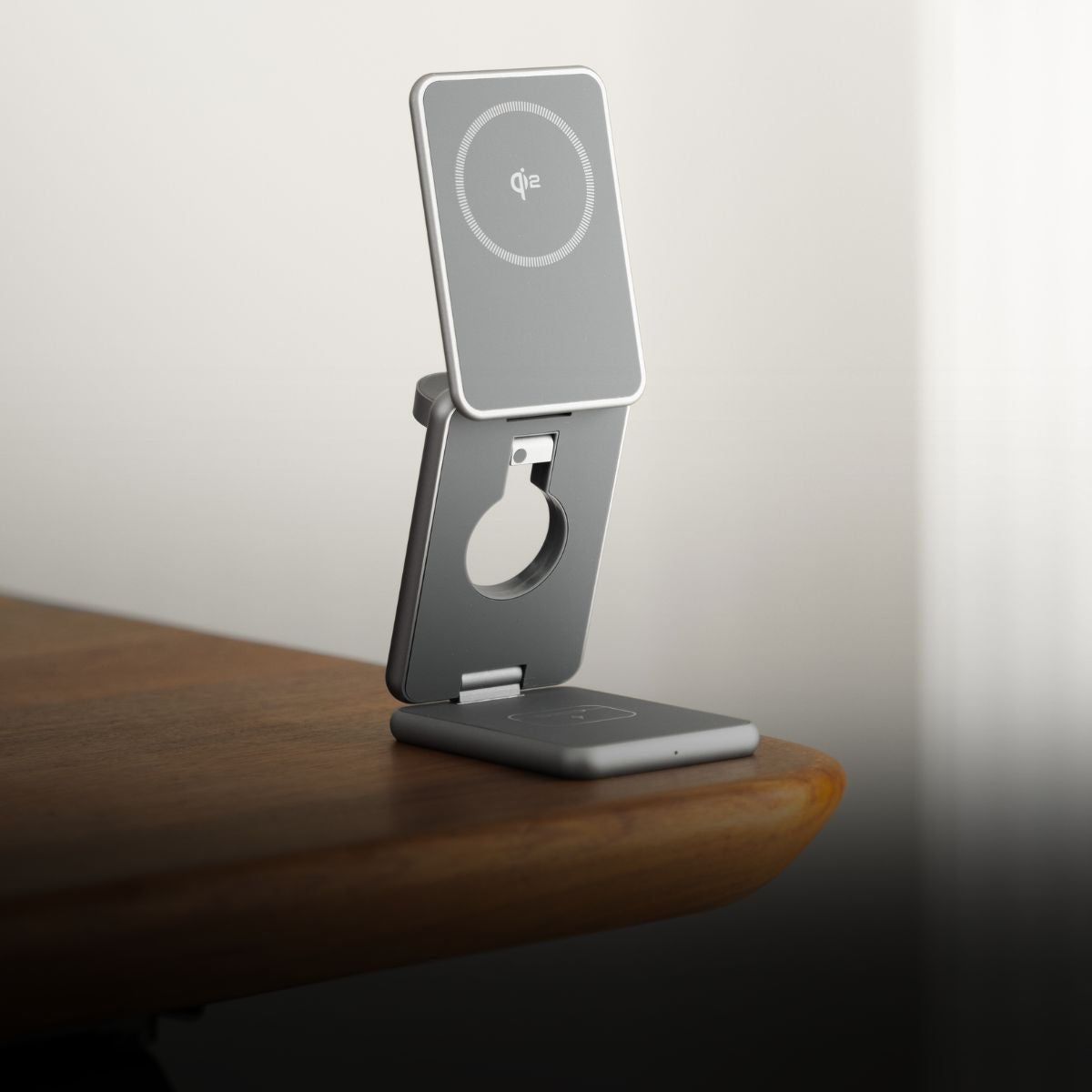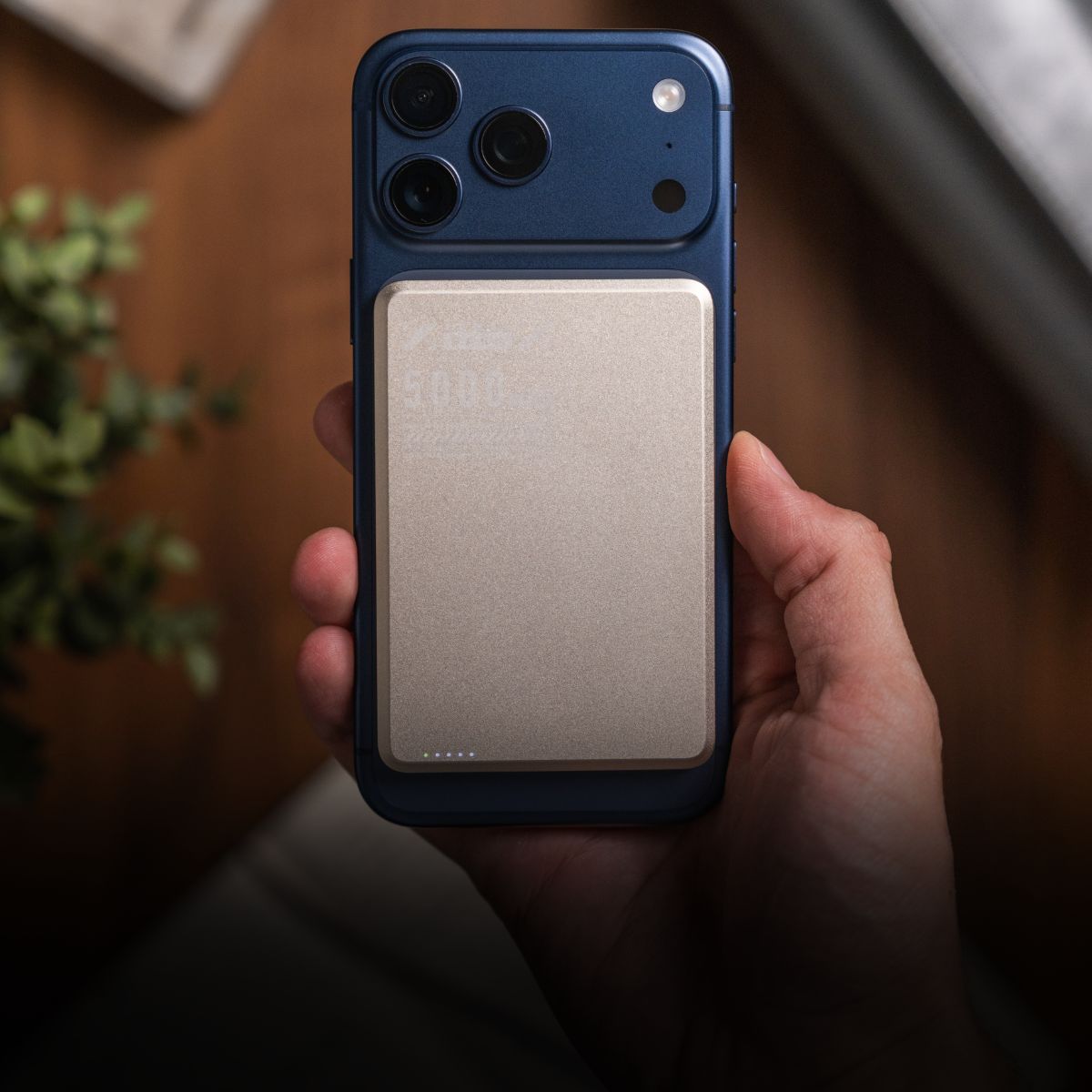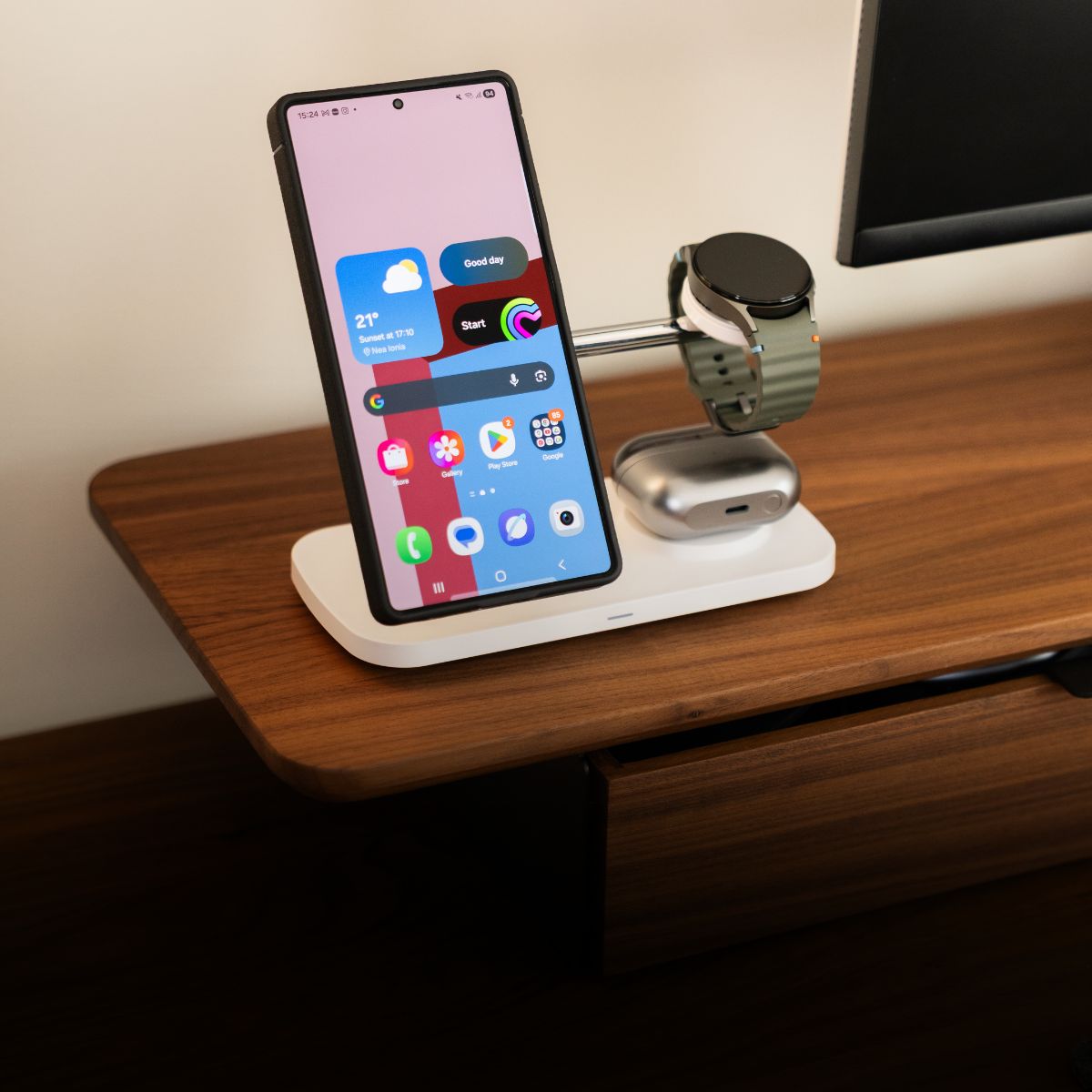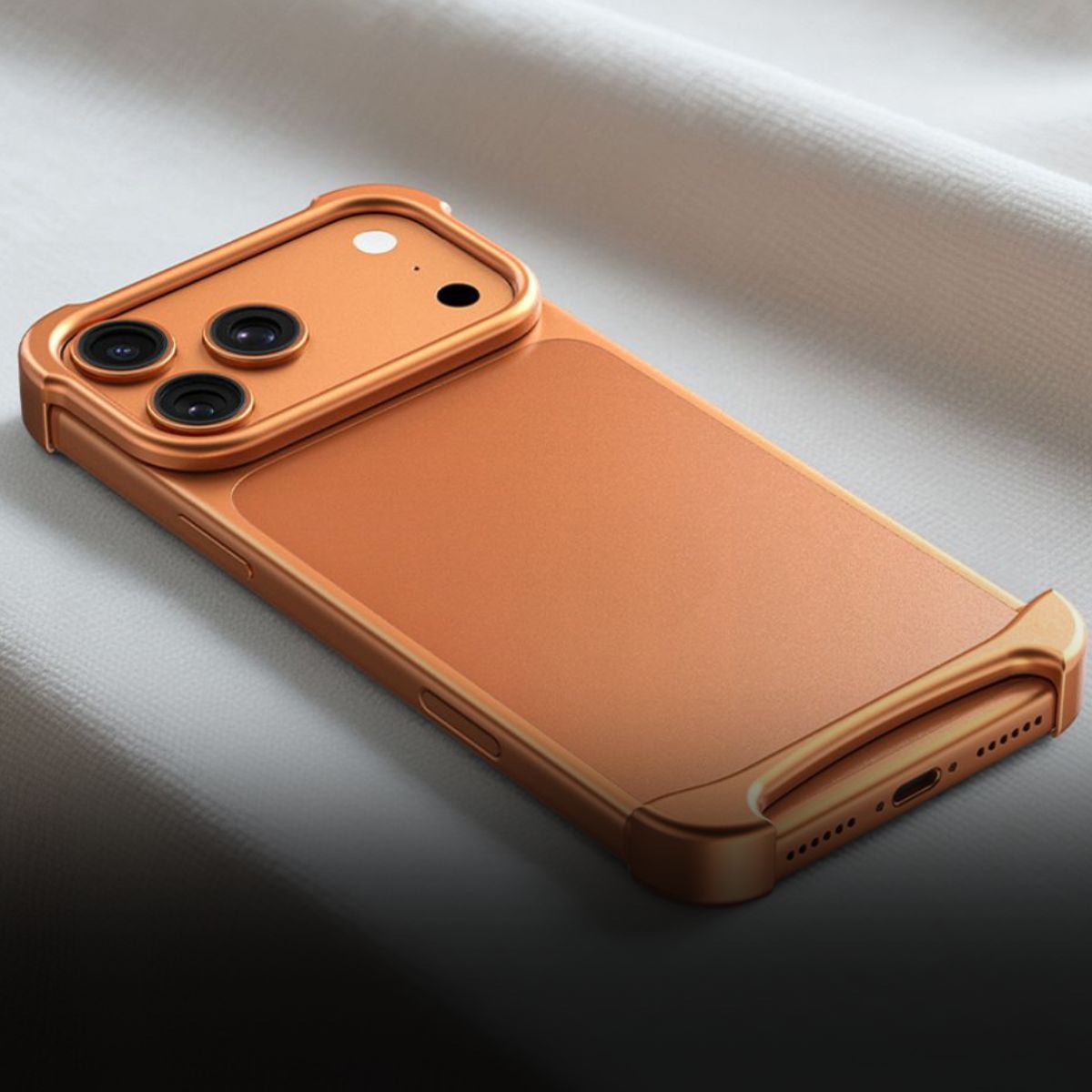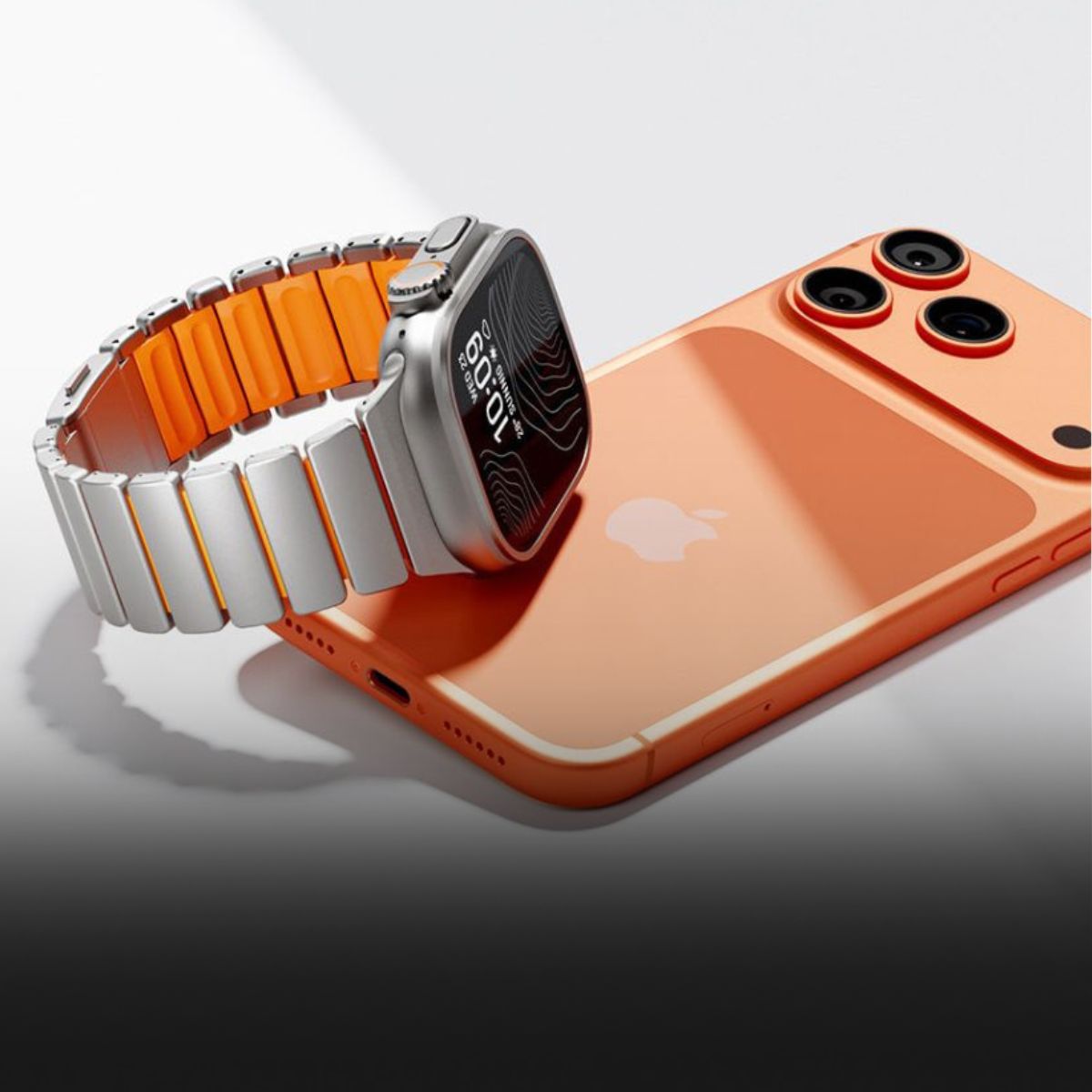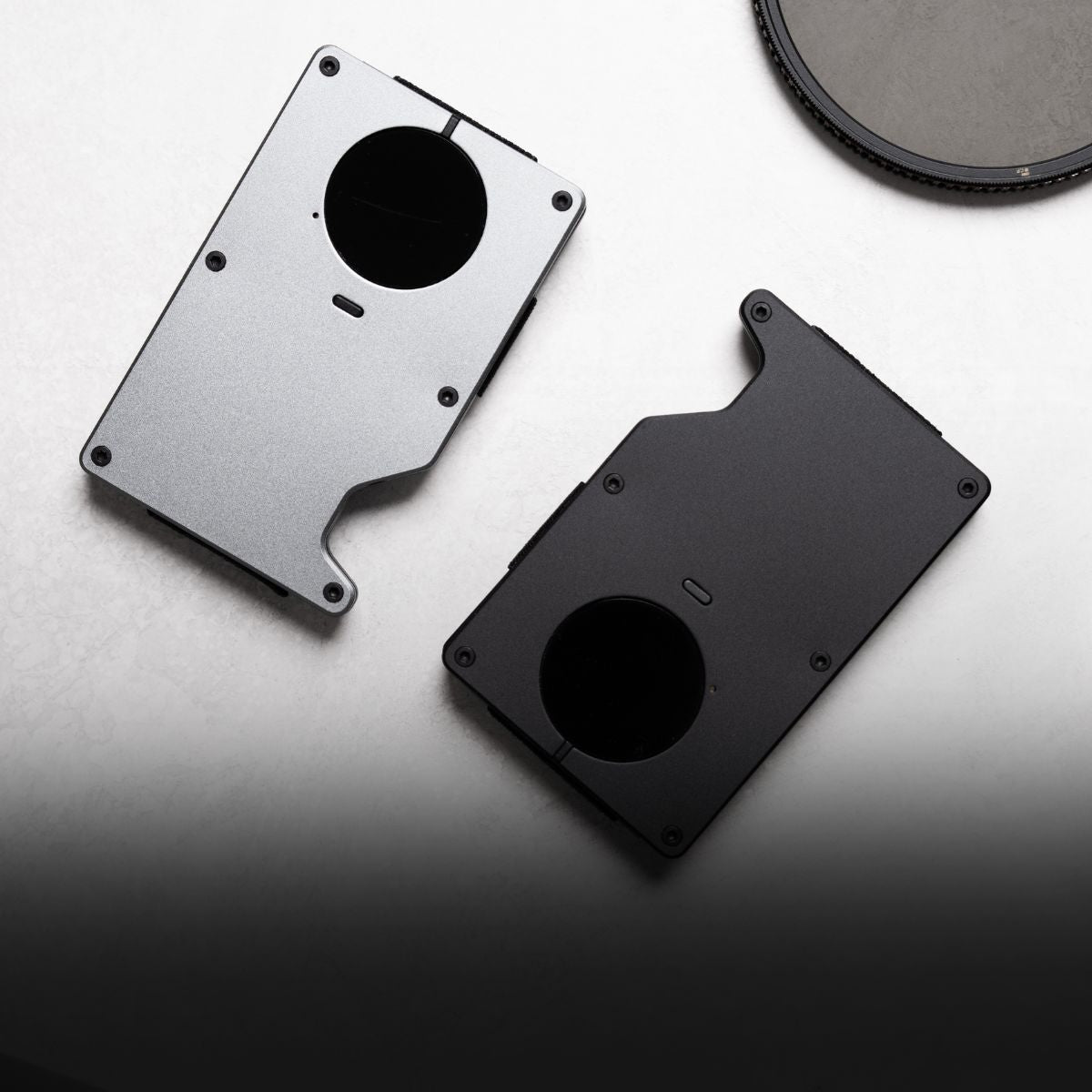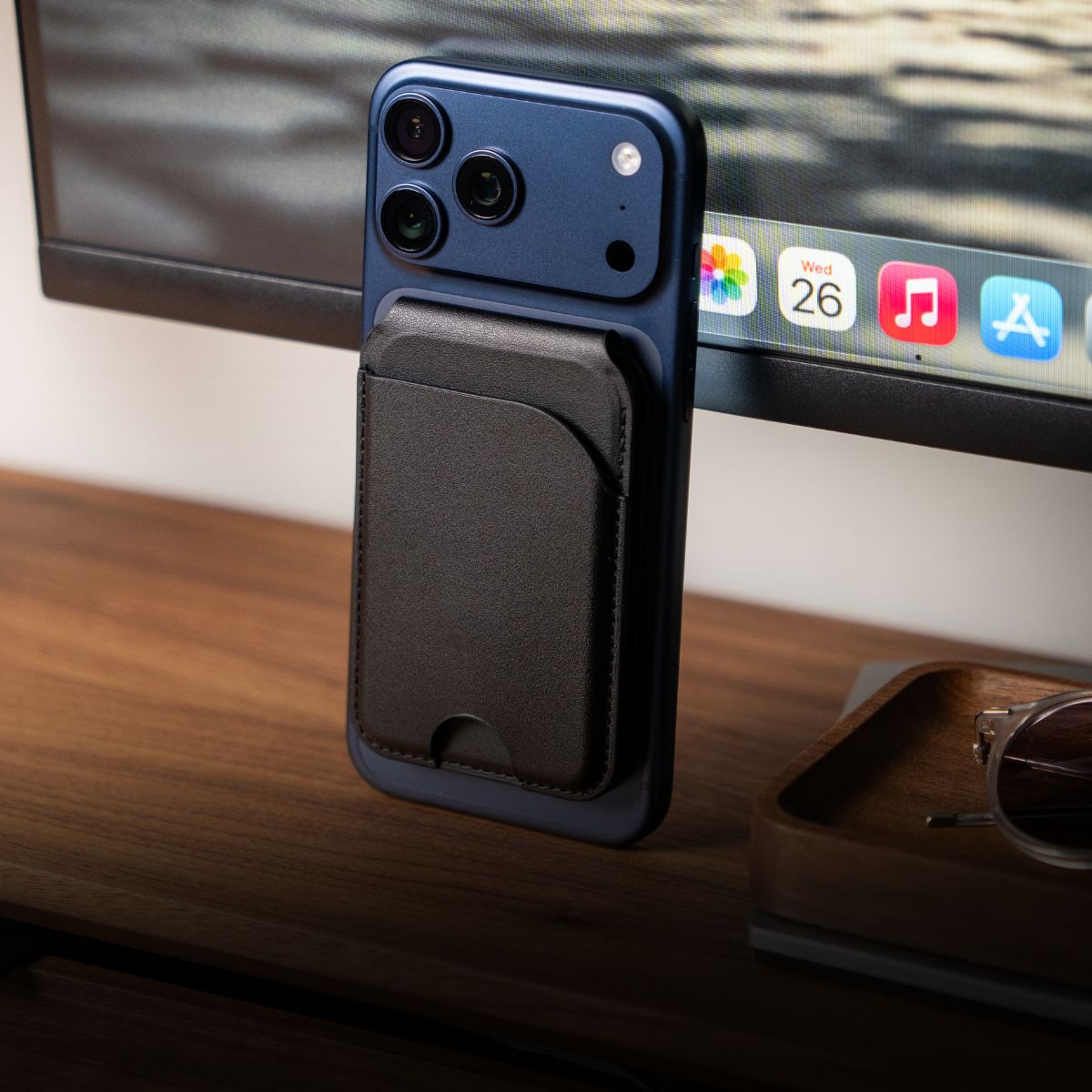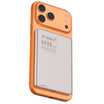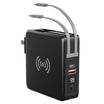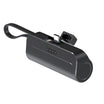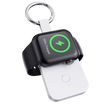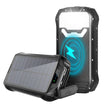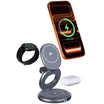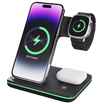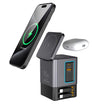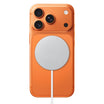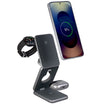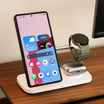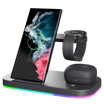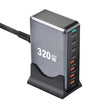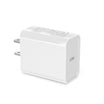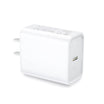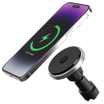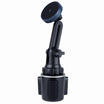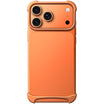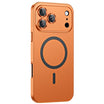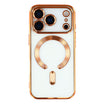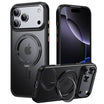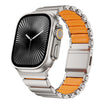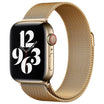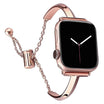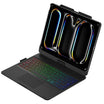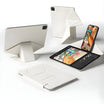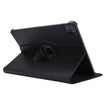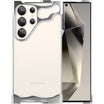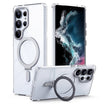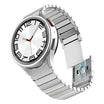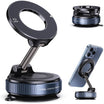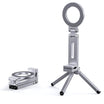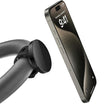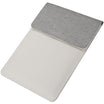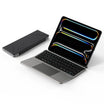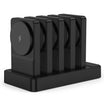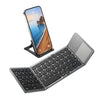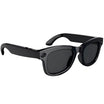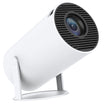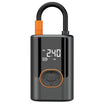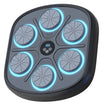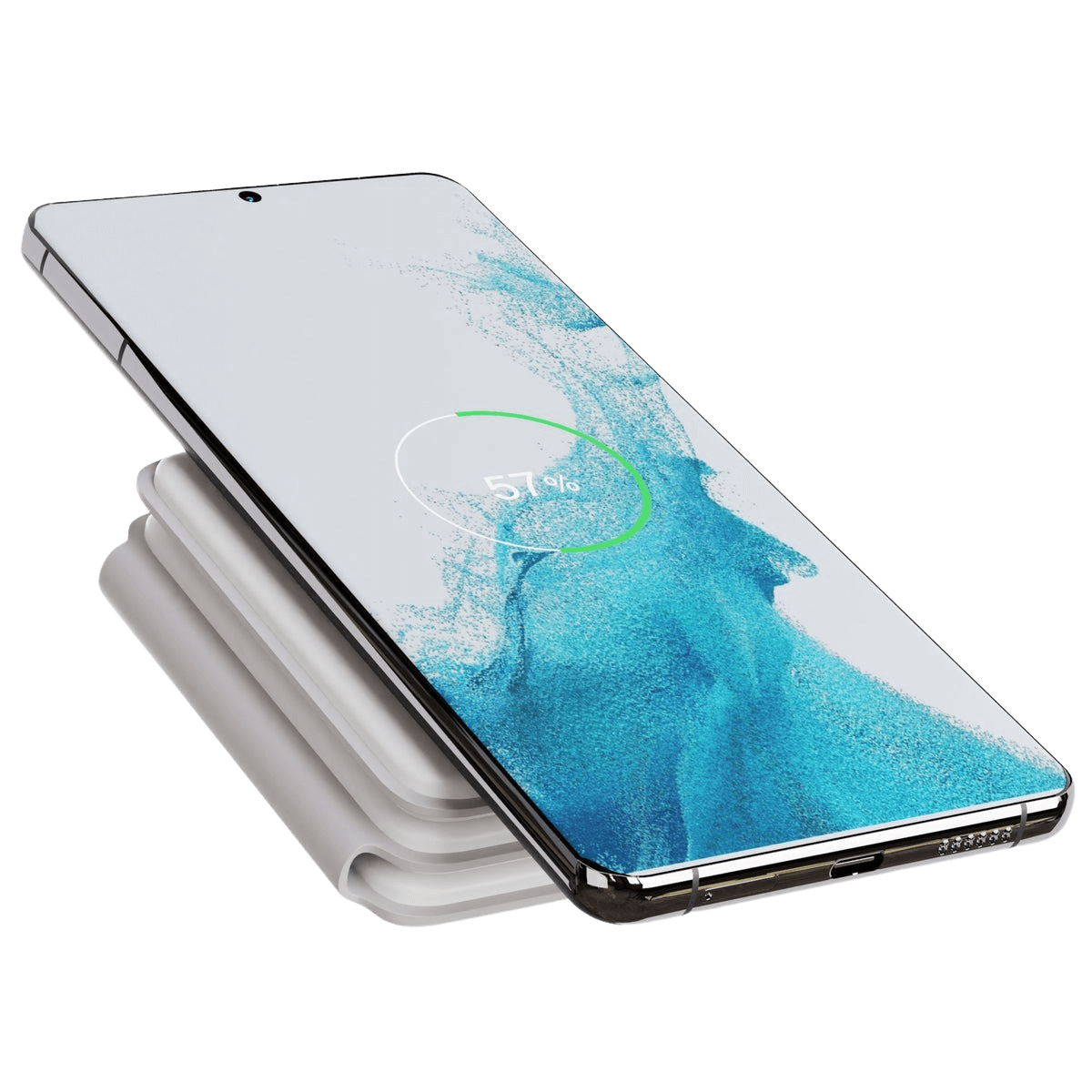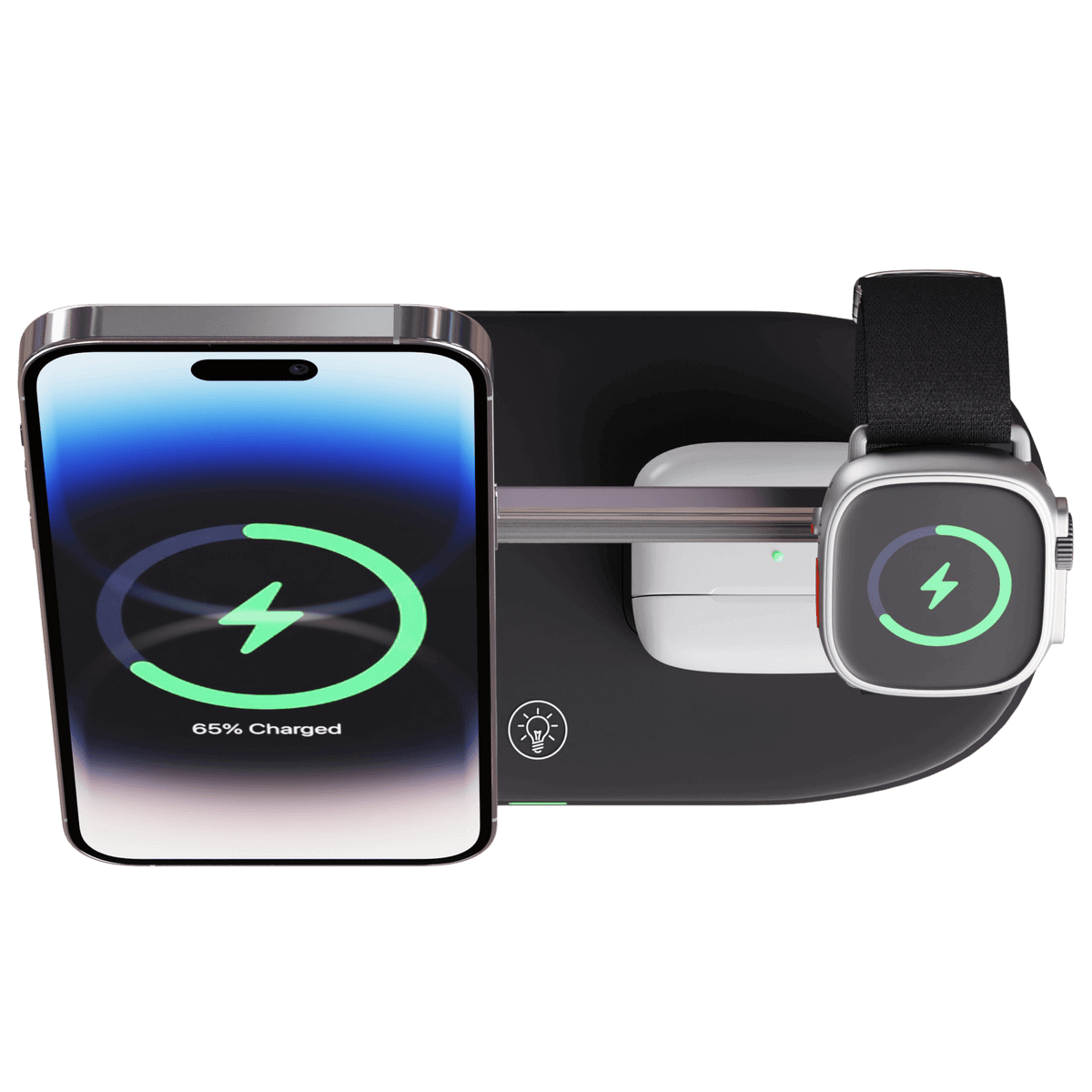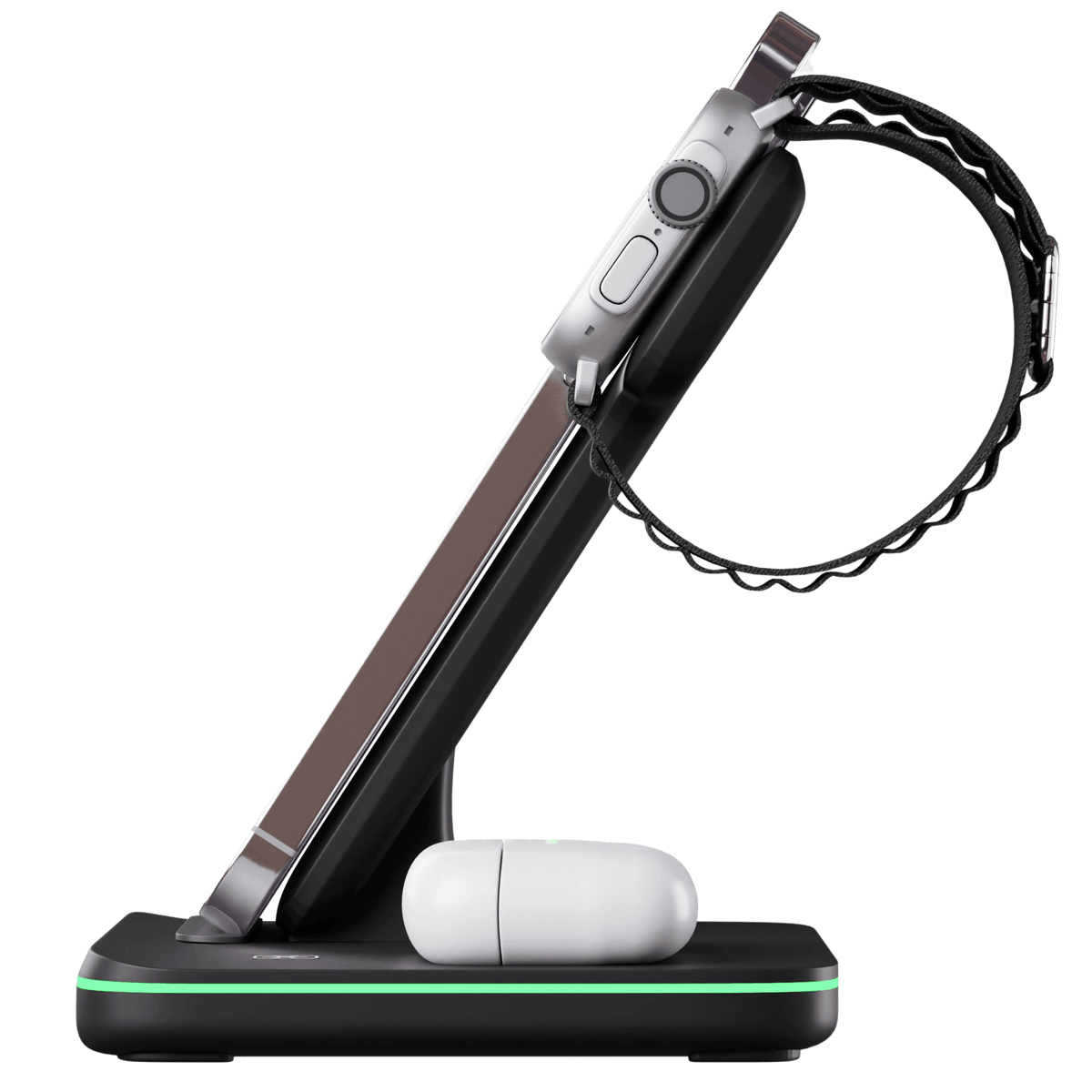Unlock the Secrets of Wireless Charging
Everything About Wireless Charging
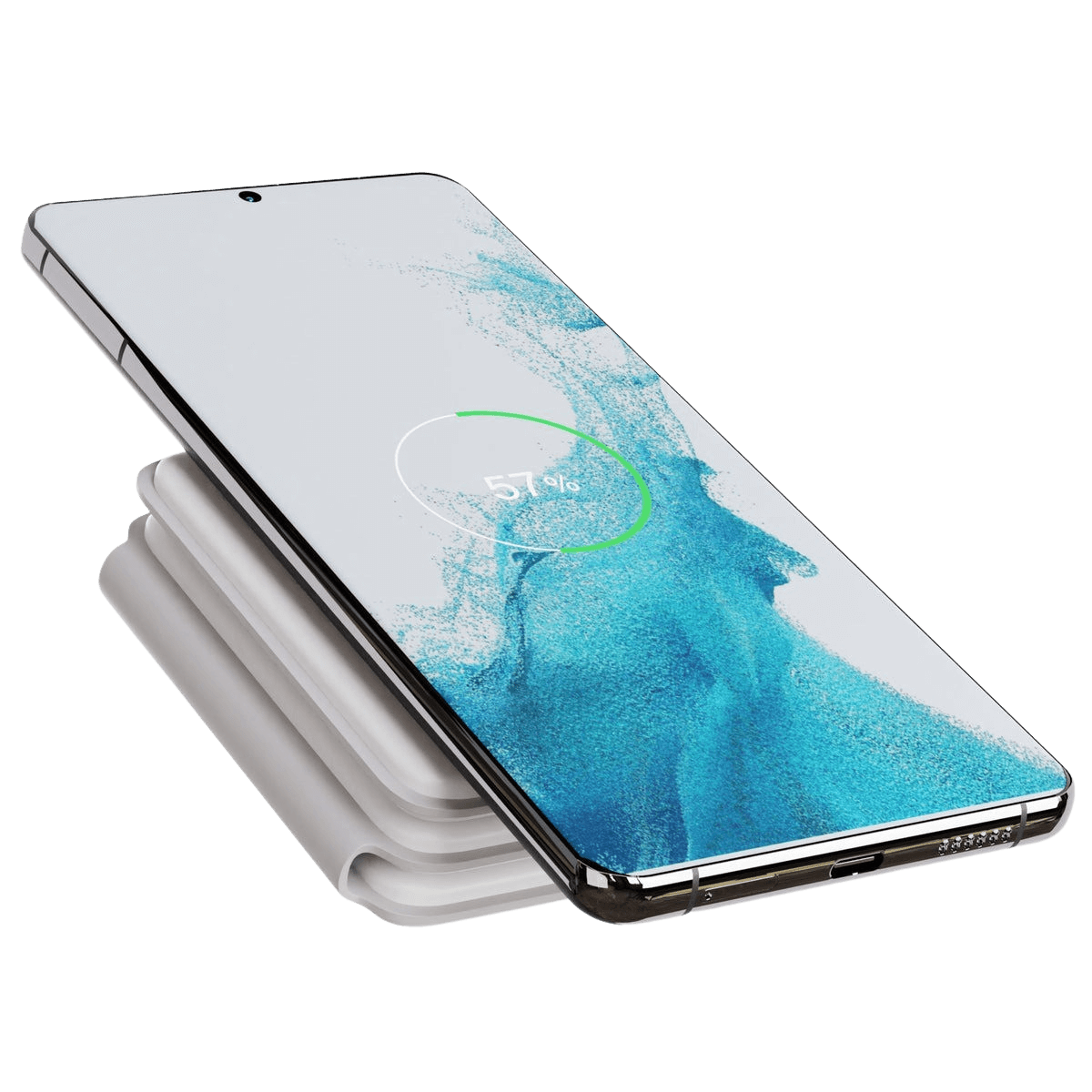
Wireless charging, as you can guess, is cable-free, modern, and the most convenient way of charging electronic devices. It is also known as Inductive Charging, and it requires only two things:
• A wireless charger usually comes in the form of a mat, stand, or puck that connects to a nearby power source.
• An electronic device, compatible with wireless charging. This may include your smartphone, smartwatch, or any other device.
With these two things in hand, you’re all set to charge. Just place your smartphone or another device onto the wireless charger and let it do its work. The charging will start immediately, and your device will be fully charged within the stipulated time.
Why Wireless Charging
Wireless charging is getting rapid popularity among smartphone users. Let’s take a look at some of the reasons behind its growing popularity:
MagSnap Cases from Evolved Chargers
Case Compatibility
If you’re using a case for your smartphone, you may not be able to connect standard cable chargers. To be able to charge, you’ll have to remove your phone from its case first. A wireless charger doesn't require that, as wireless chargers work through most plastic phone cases up to 4mm.
Wireless Charger from Evolved Chargers
How Does Wireless Charging Work
To understand how wireless charging works, we have to look into the types of wireless charging.
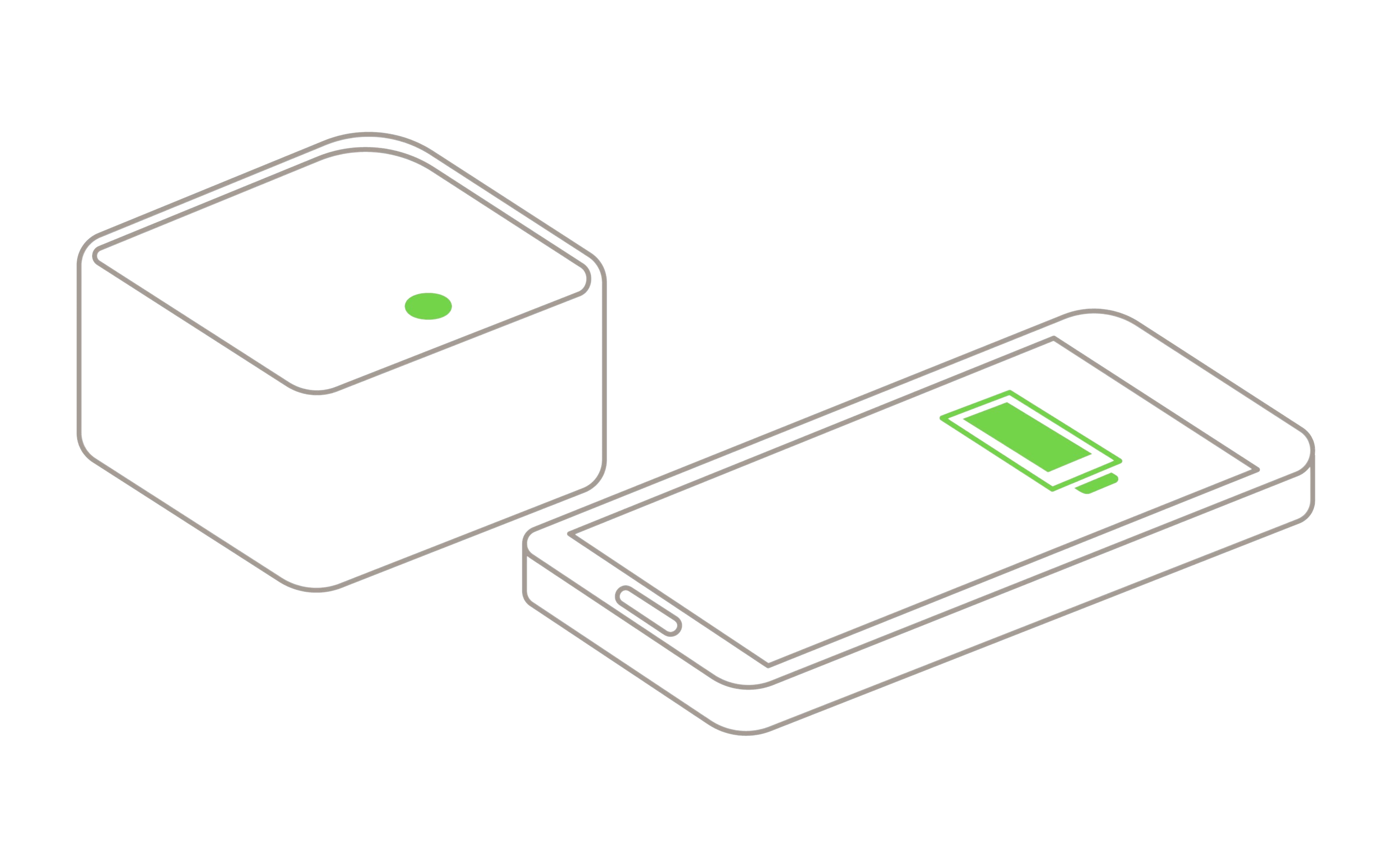
Inductive
This type of wireless charging requires you to build a physical connection between your phone and the wireless charger. To start the charging, you’ll have to connect and align the charging coils inside your phone and wireless charger.

Resonant
Resonant wireless charging provides you the freedom of keeping your phone away from youra wireless charger. It doesn’t require the two to be touching each other, but keeping them within a specific proximity.
How Inductive Wireless Charging Works
Inductive

Wireless charging works by simply creating an electromagnetic field. This electromagnetic induction works in the following way:
- The charging pad contains a transmitter coil that sends out signals.
- These signals look for receiver coils encased in your smartphone.
- Upon connection between the signals and receiver coil, electromagnetic induction begins.
- Electrons in the transmitter coil start to flow around.
- This flow of electrons creates a magnetic field.
- Upon sensing the magnetic field, electrons in the receiver coil start to flow around.
- This flow of electrons in the receiver coil is basically the electricity that charges up your phone.
Safety & Qi Wireless Charging
Qi is a popular wireless charging standard developed by the Wireless Power Consortium. This standard -- that fastly charges iOS and Android devices over distances of up to 4 cm -- is supported by 215+ popular leading companies, including Apple, Evolved Chargers, Philips, and many others. Qi aims at delivering wireless charging with utmost ease and safety while ensuring compatibility for all devices.
Wireless Charging is The Future of Charging
Encapsulating Everything
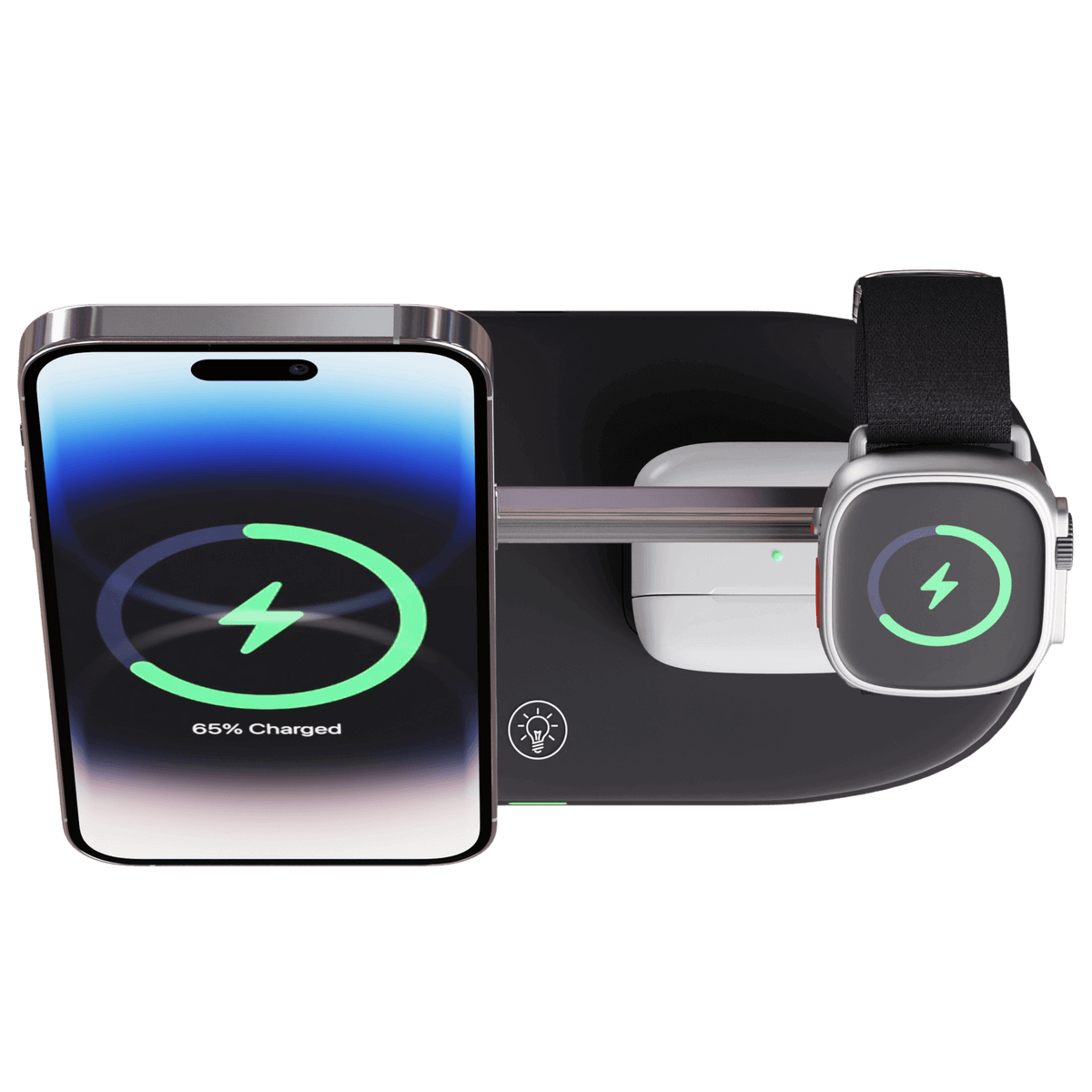
Wireless charging has gained in popularity in recent times due to the convenience and efficiency it offers. It is the new normal that is quickly making its space at homes and offices. People are switching to wireless charging solutions to bring more ease to their lives.
If you haven't tried on a wireless charger yet, it is advised to go for a trusted manufacturer to buy a wireless charger.
MagSafe, Wireless, Fast Charging, & More

